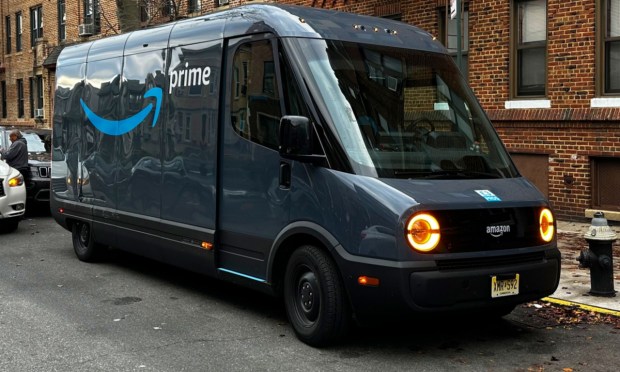Will Sustainability Feel the ‘Amazon Effect?’

In the landscape of eCommerce, Amazon has been notorious for driving advancements and shaping behavior — something we all know as the Amazon effect. The company’s approach has changed shopping, resulting in new trends and expectations in the digital age.
Now, Amazon is turning its attention toward sustainability, aiming to minimize its environmental footprint. This move reflects Amazon’s environmental responsibility and highlights its potential to influence consumers to adopt more sustainable practices.
Amazon’s Recent Sustainable Efforts
A week ago, Amazon revealed its initiatives internally and in collaboration with suppliers and vendors, aimed at minimizing excessive packaging.
According to a PYMNTS report, about 11% of the products Amazon sells are delivered to customers using only the original manufacturer’s packaging.
The company has also restructured its logistics network, resulting in reduced travel distance. Products now traverse 15% less distance and undergo 12% fewer handling instances in the shipping process.
The report said Amazon collaborates with manufacturers to reengineer packaging, ensuring its durability during shipping and eliminating the need for an additional outer box. Additionally, the company occasionally reduces container sizes to lower shipping costs.
The company assesses packaging to ascertain its suitability for shipping and then shares the design with other suppliers producing similar items.
The report also highlights that during the package design phase, Amazon and manufacturers take into account not just its durability, but also its attractiveness to consumers, eco-friendliness, the delicacy of the enclosed product, and whether it’s necessary to hide the contents for security or privacy reasons.
Read more: Amazon Aims to Reduce Packaging Waste
But will Amazon’s efforts encourage others to think about their packaging differently? Amazon sure hopes so and it’s looking to achieve this goal by capitalizing on its sway over packaged-goods companies and a range of suppliers. The company is providing incentives to enhance their packaging practices. As an illustration, vendors active on the platform can receive incentives for streamlining their packaging and eliminating any unnecessary layers.
Amazon’s Influence on Consumers
Amazon’s most recent Prime Day event last month sold 375 million items, a 25% rise compared to the 300 million items sold the previous year.
Read more: Amazon’s Prime Day Sets Record With 375 Million Items Sold
Ever since its establishment almost two decades ago, Amazon Prime has reportedly garnered a membership exceeding 200 million people across 25 countries. In line with a 2022 PYMNTS report, 84% of Amazon Prime members opt for subscription primarily due to the free shipping.
Read more: 84% of Amazon Prime Members Subscribe for Free Shipping
And it’s a feature, now, many brands and retailers are finding hard to keep up with.
As per a study carried out by shipping services provider Shippo, 47% of merchants designate more than 10% of a given order’s total value to address shipping costs. Moreover, 41% of the participants pinpointed the escalating shipping expenditures as the foremost obstacle for their businesses in the year 2022.
In response to these discoveries, retailers have raised the minimum order requirement for free shipping. In 2019, the typical threshold was $52, this year it was $64. These insights are drawn from research by Narvar, a provider of retail technology, which collected data from 48 retailers.
Read more: Retailers Find It’s Expensive to Be Like Amazon
The Amazon Effect
If Amazon’s steps to encourage its suppliers and vendors to adopt more sustainable packaging are effective, it could have ripple effects throughout the eCommerce and retail industry. Given Amazon’s size and influence, its actions often set trends and standards that other brands and retailers feel compelled to follow.
Consumers could join Amazon in pushing eCommerce and retail brands to offer packaging that is more environmentally friendly. It also might transform the supply chain, and prompt governments and regulators to implement tougher directives concerning packaging waste and promoting sustainability. Sustainable packaging could become the industry norm, reducing shipping costs in the bargain.
